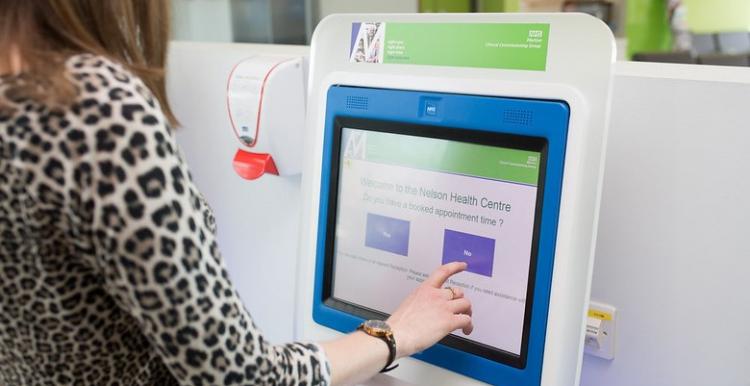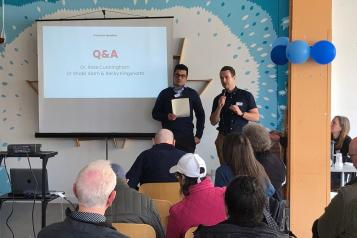Putting patients at the heart of technological access to healthcare during the COVID19 pandemic

In a report published in 2019, Healthwatch Enfield’s research findings of over 1,000 patients views on using technology such as video calling and email to access healthcare suggested that 2 in 3 individuals would use technology to contact their GP. However, differences in patient’s appetite to use digital technology was determined by age, ethnicity and locality, highlighting a potential health inequality gap.
The COVID19 pandemic and subsequent social distancing measures have seen the fast implementation of technology for patients to be able to access healthcare services. The distant ambitions of the 2019 Healthwatch Enfield report of using technology to access primary care has become a reality overnight and many have welcomed this.
Access to healthcare via digital technology has been an ambition of the NHS Long Term Plan before the COVID19 pandemic began; ‘Digital technology has the potential to enhance the precision, personalisation and efficient delivery of care' (NHS England, 2019). It has been recognised that ‘no one platform offers all the solutions that a patient or practice may need or desired' (Health Services Journal, 2019) end that ‘little research has looked at how patients use existing technology' (British Medical Journal, 2019). The NHS has done a tremendous job in making these technological ambitions a reality during the COVID19 pandemic to ensure that patients are still able to access health services from home.
But are providers of care putting patients first whilst developing these new ways of accessing healthcare? Healthwatch Enfield asks healthcare providers to focus on the following caveats outlined in their report, whilst continually improving access to healthcare via digital technology:
- Ensure that the introduction of new technological solutions does not widen the health inequality gap by making access easier only for those who can afford the right equipment or who are computer literate. Healthwatch Enfield research suggested (at the time of publication) that 1 in 3 individuals aged 70+ do not have the technology to access video calling. Deprivation was also a factor in patient’s appetite for the introduction of video calling services, with those living in more deprived areas being less likely to utilise this technology, partially due to computer illiteracy and lack of access to the right equipment.
- Providers and commissioners of digital technology must involve patients in co-designing systems, not only giving individuals ownership but also ensuring any solutions are right first time. Healthwatch Enfield research findings (at the time of publication) suggested that 76% of individuals were aware of ‘current’ online healthcare services, such as ‘GP online services’, but only 39% reported using this facility. Patients fed back difficulties using the system relating to challenges with registering and maintaining access to the system, finding the system inflexible and finding the system difficult to use.
- Patient feedback should be utilised to ensure continuous improvement of technological solutions. Patients also reported concerns about using technology to access healthcare, relating to privacy, response times, communication and impact on clinician-patient relationship. Due to these concerns, and the reasons outlined above, it is imperative that providers of digital healthcare continue to utilise patient feedback to ensure that systems are fit for purpose and accessible to all.
As the country has now passed the initial peak of COVID19 cases and is beginning to flatten the curve, it is imperative that any digital solutions to access healthcare that have been implemented during the crisis stage of the pandemic focus on putting patients at the heart of their service development. This is particularly important for vulnerable members of our society who are being instructed to ‘shield’ and stay at home for a longer period of time. Patients must work alongside providers and commissioners of care to ensure that accessing healthcare via digital technology does not widen existing health inequalities gaps.
It was positive to present our research findings last year to key organisations, including NHS England, NHS Digital, The Kings Fund and The Westminster Health Forum. We are now asking these organisations to reconsider the findings of our research to see how they can influence the current development of using technology to access healthcare. We invite these and other organisations to work alongside patient groups such as Healthwatch to ensure that the patient voice is at the heart of further service developments and build on best practice


